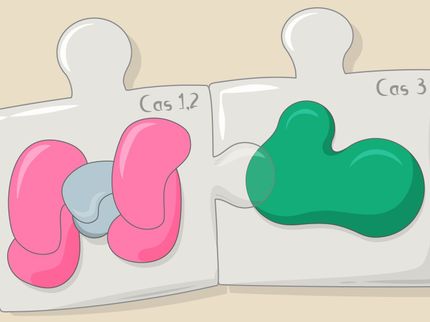Hospital Cleaning Protocol Ineffective Against A. Baumannii
Current hospital cleaning protocol may be inadequate to rid patient rooms of multidrug-resistant (MDR) Acinetobacter baumannii, according to a study in the American Journal of Infection Control, the official publication of the Association for Professionals in Infection Control and Epidemiology (APIC).
A team of researchers from the University of Maryland collected 487 cultures from 32 hospital rooms occupied by just-discharged patients with a known history of MDR A. baumannii both before and after terminal cleaning of the rooms. Over half of the rooms positive for the A. baumannii bacteria prior to cleaning remained contaminated after terminal cleaning had occurred.
Fifteen rooms (46.9 percent) and 41 sites (n=268, 15.3 percent) tested positive for MDR A. baumannii before cleaning. Post-cleaning, eight rooms (25 percent) and 12 sites (n=219, 5.5 percent) still tested positive for the pathogen. Sites with post-cleaning contamination included the floor (12.5 percent), call button (10 percent), door handle (9.4 percent) bedside table (7.4 percent), and supply cart (3.8 percent).
“Persistent room contamination serves as a potential reservoir for transmission and colonization of future room occupants,” state the authors in the article. “Current cleaning techniques in terms of products used or thoroughness of cleaning may not be adequate in the decontamination of this pathogen.”
"This study shows how difficult it is to ensure removal of particularly resistant organisms from the environment even upon thorough discharge cleaning," said Anthony D. Harris, MD, MPH, lead study author and professor of epidemiology and public health at the University of Maryland School of Medicine. "With new, innovative means of monitoring cleaning processes that we have incorporated since the study was done, coupled with other infection control efforts, we are seeing lower rates of A. baumannii at our hospital."
Organizations
Other news from the department science

Get the life science industry in your inbox
By submitting this form you agree that LUMITOS AG will send you the newsletter(s) selected above by email. Your data will not be passed on to third parties. Your data will be stored and processed in accordance with our data protection regulations. LUMITOS may contact you by email for the purpose of advertising or market and opinion surveys. You can revoke your consent at any time without giving reasons to LUMITOS AG, Ernst-Augustin-Str. 2, 12489 Berlin, Germany or by e-mail at revoke@lumitos.com with effect for the future. In addition, each email contains a link to unsubscribe from the corresponding newsletter.



















































